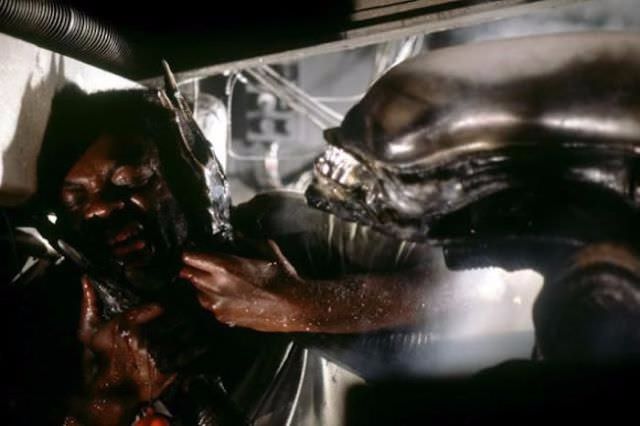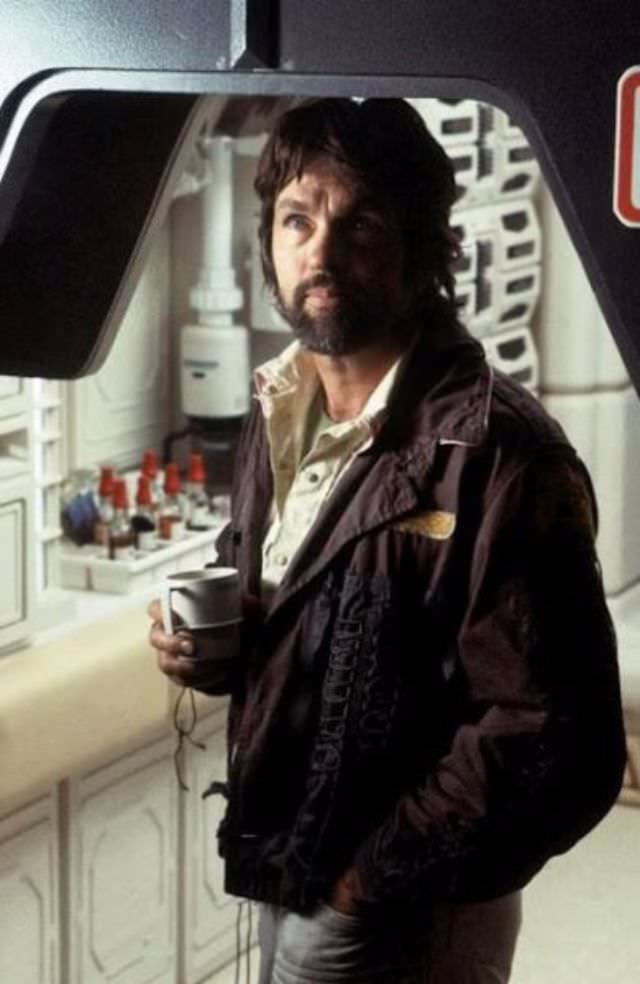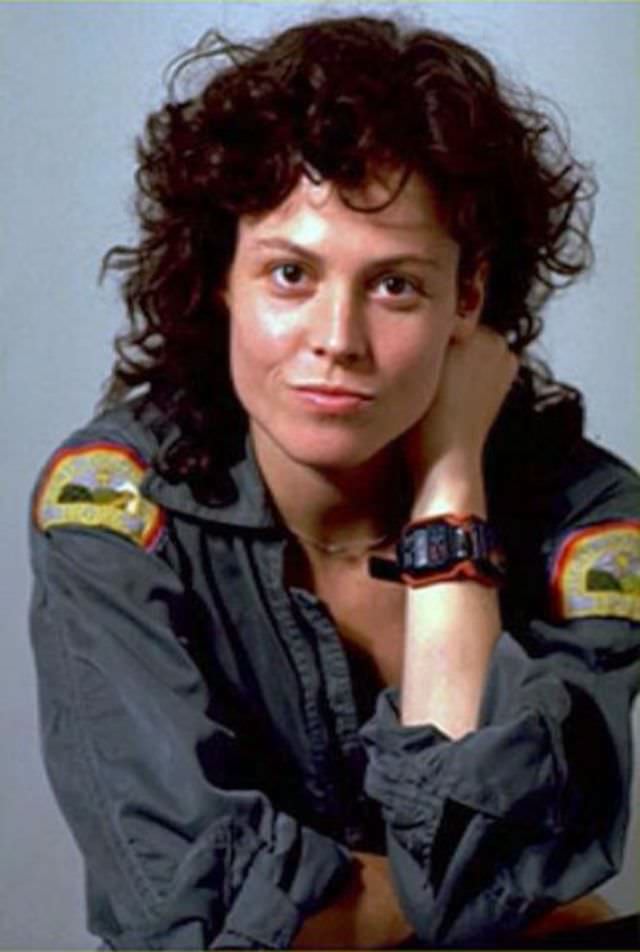“Alien” is a classic science fiction horror film that was released in 1979. Directed by Ridley Scott, it has become one of the most iconic films in cinema history. The movie combined elements of science fiction with horror, creating a unique experience for viewers. It follows the crew of the spaceship Nostromo as they encounter a deadly alien creature. The making of “Alien” was a detailed process filled with creativity, challenges, and groundbreaking ideas.
The Early Development
The journey to create “Alien” began in the mid-1970s. Screenwriter Dan O’Bannon wrote the first draft of the script. He had previously worked on a film called “Dark Star,” which was a comedy about space. O’Bannon wanted to create a different kind of space movie. He aimed to blend science fiction with horror. This idea was inspired by classic horror films and the feelings they evoked in audiences.
Read more
O’Bannon’s script was originally titled “Star Beast.” The story featured a crew on a spaceship who accidentally brought an alien creature aboard. The creature grew rapidly and began to hunt them down one by one. This idea of a terrifying alien lurking in the shadows was central to the film’s plot. The screenplay went through several revisions before it became “Alien.”
The Role of Ridley Scott
Ridley Scott was brought on board to direct the film. At that time, he was relatively new to Hollywood but had already made a name for himself with commercials and a few films. Scott had a strong vision for “Alien.” He wanted to create a atmosphere that felt real and immersive. He focused on the details of the spaceship and the alien creature itself. His goal was to make the audience feel as if they were on the Nostromo with the crew.
Scott’s attention to detail extended to the film’s set design and visual style. He wanted everything to feel gritty and lived-in. This was a departure from the sleek and shiny look often seen in other science fiction films of the time. Scott believed that realism would heighten the tension and fear throughout the movie.
The Art of Set Design
The set design for “Alien” played a crucial role in how the film was received. The production team hired a group of talented artists, including H.R. Giger. Giger was a Swiss artist known for his dark and surreal designs. He created the alien creature and its environment, which set the tone for the film. His work was unlike anything seen in movies before.
Giger’s design for the alien was complex. He envisioned a creature that was both beautiful and horrifying. The alien’s appearance, with its elongated head and slick black skin, has become iconic. Giger also designed the spaceship Nostromo’s interior. The ship had a worn and industrial look, filled with shadows and dark corners. This design helped create a sense of claustrophobia, which added to the film’s suspense.
The sets were built in Pinewood Studios in England. The crew put a lot of effort into making everything as realistic as possible. The Nostromo was designed to look like a working spaceship rather than a futuristic fantasy. This attention to detail made the audience feel like they were part of the story.
Casting the Crew
Casting the right actors was essential for bringing the characters to life. The producers wanted a group of diverse and talented performers. Sigourney Weaver was cast as Ripley, the film’s protagonist. At that time, Weaver was relatively unknown, but her performance would later make her a star.
The other cast members included Tom Skerritt, John Hurt, Ian Holm, and Veronica Cartwright. Each actor brought their character’s personality to life. The crew of the Nostromo represented different backgrounds and skills, making the story more engaging. The interactions between the characters added depth to the film.
One memorable casting choice was John Hurt as Kane, who encounters the alien egg. His character’s famous scene, where the alien bursts out of his chest, became a shocking moment in film history. The actors had to perform in intense and sometimes uncomfortable situations. However, their dedication helped create a believable and thrilling experience.
Filming Challenges
Filming “Alien” was not without its challenges. The production faced many obstacles that tested the cast and crew. One major issue was the tight shooting schedule. The team had to work quickly to stay on track, which created a lot of pressure.
Another challenge was the film’s special effects. The alien creature was designed to be both terrifying and realistic. The team used practical effects, including animatronics and puppetry, to bring the creature to life. This approach required a lot of creativity and problem-solving.
The infamous chestburster scene was particularly difficult to film. The scene was filmed in one take, and the crew had to ensure everything worked perfectly. John Hurt was surrounded by a group of actors and crew members for the scene. The moment the alien burst out of his chest was shocking for everyone on set.














































